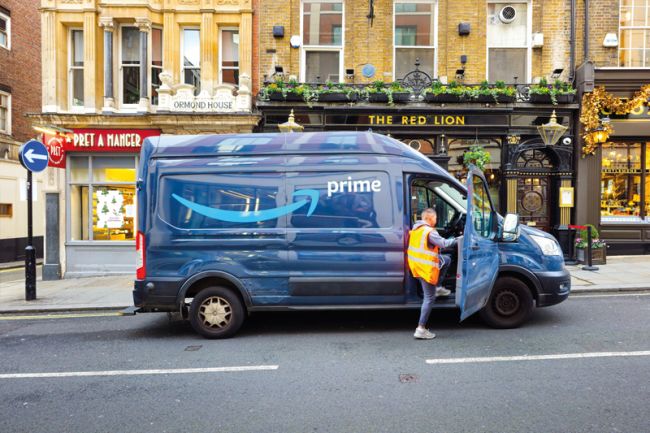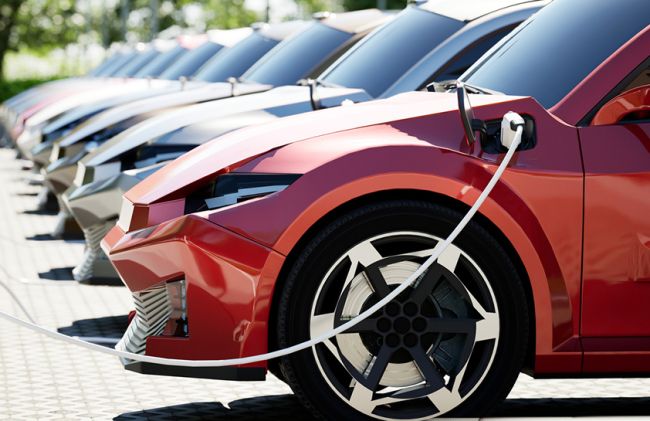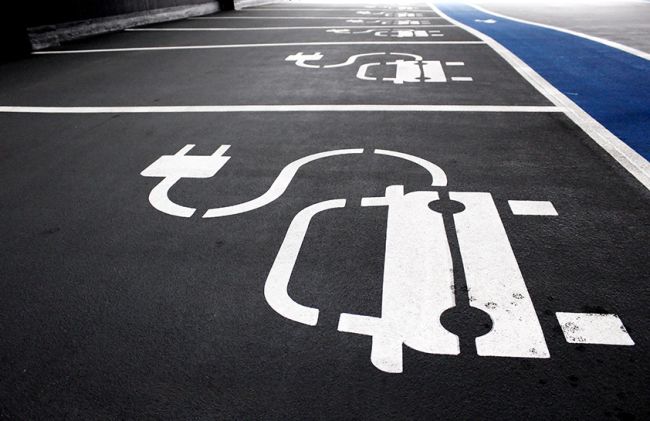Facing the future: How to embrace new mobility for the next generation of LTPs
Since the last guidance for Local Transport Plans (LTPs) was released by the UK Government in 2009 a lot has changed.

Since the last guidance for Local Transport Plans (LTPs) was released by the UK Government in 2009 a lot has changed. Shifting travel patterns due to the COVID-19 pandemic have seen the familiar daily commute significantly reduce as businesses have been forced to accept homeworking from employees. Meanwhile, increased climate-consciousness from consumers and a cost-of-living crisis have compounded this transformation by either choice or necessity.
As people start to rethink how they travel, local authorities will likewise need to rethink their approach to planning. In our contemporary transport and planning landscape there is a huge opportunity for a forward thinking LTP, one which supports people who are starting to reconsider their levels of car ownership and use in favour of more sustainable travel options.
Local authorities now have the chance to both meet the moment by taking advantage of changing travel patterns and embrace the wide variety of technological innovations and transport options available to them.
The opportunity is there, but careful planning and strategy will be required to make the next generation of LTPs fit for the present and the future.
Making the most of shared mobility with public-private sector collaboration
The traditional tools at the disposal of transport planners to encourage more sustainable travel include capital investment in transport infrastructure schemes (such as bus priority and rail services) and behaviour change programmes. The former of these is costly and slow to deliver and the latter, while delivered more quickly, is reliant on revenue funding which is often limited.
Today innovations in the private sector provide another way to encourage a reduction in private car trips through, for example, the provision of shared mobility services including car clubs and shared micromobility in partnership with local authorities.
Car clubs provide access to a low emission or electric vehicle (EV), on a trip-by-trip basis. Users of car clubs typically own fewer cars, drive fewer miles and make greater use of public transport, walking and cycling[1]. Car clubs can be delivered by the private sector, working in partnership with local authorities. As part of a progressive LTP local authorities could identify a plan for a sufficient car club network which can support local residents to both reduce their car use and car ownership levels.
Shared bikes and (where legally permitted) shared e-scooters provide access to a vehicle for a one-way trip, enabling efficient, low carbon travel. Evidence on bike share users from CoMoUK demonstrates the benefits of shared bikes including encouraging people to start cycling for the first time/restart cycling after a break, supporting multi-modal trips with public transport and reducing car use[2]. Experience shows that where shared micromobility is implemented with a strong local authority lead, and delivered by the private sector, policy objectives and long-term commercial sustainability are both more likely to be met.
Taking full advantage of these innovative provision and funding models can set your LTP up for success when it comes to modal shift and boosting active travel, but this requires lateral thinking to develop these modes to support more traditional transport provision.
[1] CoMoUK – Shared cars, overview and benefits
[2] CoMoUK – Shared bikes, overview and benefits
Making the most of innovative planning while avoiding the risks
Networks of mobility hubs (which bring together active travel and public transport in one place) as well as Mobility as a Service (which can facilitate greater use of public transport and shared mobility though a single platform to find information and pay for services) could increase the mode share of both active travel and public transport. However, they both rely on strengthening existing capability and facilities with Mobility as a Service requiring a joined-up approach for application at a regional level.
When it comes to new technology and innovation the situation is constantly evolving and local authorities need to be mindful of the legislative picture, the political landscape, public attitudes and striking the right balance between new technologies and levels of car travel. Current emerging ideas and technologies are becoming mainstream, and it is essential that their management and governance is handled properly to avoid the pitfalls of their implementation.
Changing legislation – such as the expected legalisation of e-scooters – must be kept abreast of. Legislation may soon be in place to allow authorities to better manage shared mobility operators (including bikes, e-bikes and e-scooters). As and when e-scooters (which are currently in a trial phase) are legalised, local authorities will need to assess their position with regards to enabling or restricting the use of these modes.
In recent years travel demand management (TDM) has shifted to focus on parking as a way of managing private vehicle use. Kerbspace management and reviews of parking supply and parking charging can help councils to support this policy objective. Reallocating kerbspace can support active travel modes like shared micromobility and EV charging infrastructure, meanwhile a review of parking pricing can incentivise mode shift by (for example) charging by the size and weight of vehicle. However, both of these TDM strategies can be politically sensitive and cause tension over mode prioritisation.
As the EV market share increases more charging infrastructure will be required to satisfy demand and, in a cyclical manner, encourage uptake. This can have the benefit of decarbonising travel but it will be important not to prioritise private car travel, which could cause knock-on effects on congestion and road accidents. Similarly the impact of autonomous and connected mobility services such as bus, shuttle and taxi services need to be carefully planned and implemented to ensure positive impacts such as improved accessibility are maximised.
Steer is perfectly placed to help local authorities incorporate these exciting new developments into their LTPs whilst managed their risks.
How can Steer help?
Steer’s experience in new mobility, TDM and technological innovation is extensive across the transport and planning sector. We have worked with the Local Government Association to identify how local authorities can with work with the private sector to develop car clubs and with Brighton and Hove City Council to help secure capital funding and plan for the expansion and electrification of the city-wide bike share scheme. We have supported a number of clients to consider the feasibility of Mobility Hubs including WYCA, TVCA and private sector developers. We have supported Transport for London developing both the Congestion Charge and Ultra Low Emission Zone including work on public consultation, monitoring and evaluation.
Steer is ready to aid all local authorities in ensuring that their LTPs take full advantage of the innovative transport services available and the benefits they can offer. Our expertise can help you consider emerging trends and technologies whilst mitigating against potential unintended consequences.
Steer is offering a free facilitated workshop session tailored to help any local transport authority to assess what’s needed for your LTP, regardless of what stage you’re at in the process. To talk through your local transport plan requirements, do not hesitate to get in touch with Nicola Kane (North), Simon Statham (Midlands) or Steven Bishop (South).
























